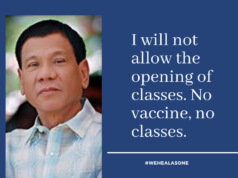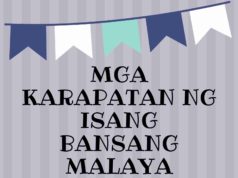Figures of speech are words or phrases that possess a separate meaning from their literal definition. They are also called rhetorical figure.
- Personification is used to make things or innate objects behave or act like human beings.
Examples: Weakness, fear, and hopelessly died.
Strength, power, and courage were born.
- Hyperbole is also known as exaggeration. It is used to give more emphasis or intensity to one’s expression of thoughts or feelings.
Example: The entire humanity will die if people stop the pursuit of education.
- Irony refers to use of words or expressions that actually mean the opposite of the intended message. Sometimes it is called sarcasm.
Example: Being caught in the war can be the most pleasing experience of all.
- Metonymy is a figure of speech that uses a word to replace or substitute another word to which it is similar or associated.
Example: The wise saying, “The pen is mightier than sword” was true.
The word pen is substitute for words/ knowledge, while sword represents blood or war.
- Oxymoron is used to convey a special meaning through a combination of words that have direct opposite meanings.
Example: There was a deafening silence in the hall as the President delivered his speech.
- Paradox is a combination of two opposite ideas. At first, these contradicting ideas may not make any sense, but if analyzed well, they actually convey a meaningful idea.
Examples: We realize the importance of light when we see darkness.
We realize the importance of our voice when we are silenced.
- Euphemism refers to a pleasant and socially acceptable expression used to replace or avoid unpleasant or offensive ones.
Example: many people passed away because of the endless wars between nations. (Instead of saying “Many people died or killed.”)
- Apostrophe is a figure of speech that directly addresses a dead, absent, or abstract idea as if it can hear or understand what the speaker is saying.
Example: Oh Education! Please save my land from the perils of war and injustice.
Activity: Write the figure of speech used in the following lines or sentence.
- Growing up ignorant is as pathetic as dying defenseless in a war.
- The book stared at me as if it has something valuable to say.
- The White House has promised to intensify its campaign against terrorism.
- The pursuit of equality through war is a journey within a never-ending maze.
- Even people with special needs deserve to acquire good education.
- For a war victim like me, there is always hope in hopelessly and fearlessness in fear.
- Whenever I recall the war, I remember tons of mixed bittersweet memories of love, danger, faith, pain sacrifices, and hope.
- Marina’s voice of courage was heard all throughout the world.
- Freedom of poverty is rainwater that pours on a barren land.
- Oh war- ruthless, merciless, cruel war! When will you end?
- Given a chance, I’d like to experience war over and over again.
- War veterans die for freedom and live forever.





















